There has recently been an all-too-discomforting air of tension in political economic policy formulation within the two principal policy spheres in the country.
The Union Budget is an act of deft draughtsmanship. There has recently been an all-too-discomforting air of tension in political economic policy formulation within the two principal policy spheres in the country.
There is little doubt that Prime Minister Manmohan Singh as well as most of his closest policy advisers have been raring to go back for quite some time onto the disrupted reform path.
But the events on the ground, with daily doses of new scams and unconscionable situations of government deficit, would seem to have put them on the backfoot. Pitched on the other side is the National Advisory Council chaired by Sonia Gandhi, which has been taking bold positions which go contrary to the tenor of the reform minded and typically vested interest driven politicians and bureaucrats.
In his essential political make-up, finance minister Pranab Mukherjee is a great realist, who has not been known to sing laudatory songs for the market mechanism.
He is only too aware of the ground conditions which tell him that anything like half to three quarters of the population of the country has been completely left behind in the 8% to 9% annual growth of GDP in the past decade. He knows only too well that the political fortunes of the Congress Party are intimately linked to how he can relate to the bottom half of this huge 1.2 billion population base.
His own top advisers, though brilliant, are so much sold on the reform mantra that one often wonders whether there could possibly be any meaningful meeting ground between the thoughts of the leader, the finance minister and his advisers. The paradox, however, is that the answer is in the affirmative. Clearly, Mukherjee has been able to reconcile the seemingly irreconciliables.
Even though, as per the Economic Survey, the GDP growth in the past year has been as high as 8.6%, there clearly have been issues of great concern confronting the economy.
Heading the list has been the high and rather unprecedented inflation that has plagued the most vital — the food sector this past year. The response of the government so far has been weak and unconvincing. The logic in the Economy Survey seeks to offer the view that high growth necessarily comes with inflation.
But inflation in the food economy that immediately hits the real incomes of the bottom half?
Surely, this is one sector where the government must be morally bound to immediately intervene by way of imports as well as releasing buffer stocks and generally being strict with hoarders. In any case the service sector led growth is heavily concentrated within the top 10% of the population.
If the bottom half were to be bystanders in the growth story and have to bear stiff food inflation to boot, maybe we should ask whether this high growth path is the only path that is feasible, or desirable.
The crying need of the hour is much more pumping of resources into agricultural infrastructure that would release the supply constraints in the medium and long run.
Essentially, it is this which can help us tide over the spectre of back breaking food price inflation. Technological innovation and purposive and mature economic policymaking have kept the dire Malthusian prognostications at bay for the past two centuries.
There is no need to accept a defeatist position just yet.
Let me make four specific comments on the budget proposals, all of which are in the right direction. First, I think it is fair to say that through a variety of schemes and programmes, including substantial allocation for Nabard, expansion of agricultural storage capacity, and interest subvention for small farmers, among others, the finance minister has shown that he is sensitive to the prime need for substantially supporting the agricultural sector. Second, there is greater allocation for infrastructure development in the roads, rails, and the port sectors. Third, the finance minister has substantially expanded allocation for the social sector, including a doubling of remuneration to anganwadi workers. Fourth, the increase of the exemption limit from Rs1.6 lakh to Rs1.8 lakh is very much welcome, keeping in view the recent spate of inflation.
While the finance minister has on the whole moved rightly and boldly in most spheres, there are some areas of concern. One particular issue deals with paying the minimum wage to workers in the MGNREGA programme. Merely acceding to increasing the wage in line with the consumer price index shows a weak and unconvincing support to workers in the bottom most rungs of society. This approach particularly rankles in an era where literally thousands of crores of public funds are being swindled openly, where members of the political class, the bureaucracy, and the top corporate honchos are all seen to have their hands in the public exchequer till.
Pulin Nayak is professor, Delhi School of Economics
![submenu-img]() Malayalam actor Mohan Raj, known for playing iconic villain Keerikadan Jose in Mohanlal's Kireedam, passes away
Malayalam actor Mohan Raj, known for playing iconic villain Keerikadan Jose in Mohanlal's Kireedam, passes away![submenu-img]() Anil Ambani's Reliance Power approves Rs 4200 crore plan as shares hit over...
Anil Ambani's Reliance Power approves Rs 4200 crore plan as shares hit over...![submenu-img]() Vijay Kiragandur, producer who made blockbusters KGF, Kantara possible, turns 48
Vijay Kiragandur, producer who made blockbusters KGF, Kantara possible, turns 48![submenu-img]() Amitabh Bachchan arranged Anil Ambani's private plane after Aishwarya Rai was injured: 'For two nights, I couldn't...'
Amitabh Bachchan arranged Anil Ambani's private plane after Aishwarya Rai was injured: 'For two nights, I couldn't...'![submenu-img]() 'Absolute rubbish': CSK physio slams Harbhajan Singh for saying MS Dhoni 'punched screen' after loss to RCB in IPL
'Absolute rubbish': CSK physio slams Harbhajan Singh for saying MS Dhoni 'punched screen' after loss to RCB in IPL![submenu-img]() Cabinet Decisions: मोदी सरकार किसानों के लिए खर्च करेगी 1 लाख करोड़, हरियाणा में मतदान से पहले खोला पिटारा
Cabinet Decisions: मोदी सरकार किसानों के लिए खर्च करेगी 1 लाख करोड़, हरियाणा में मतदान से पहले खोला पिटारा![submenu-img]() Indian Railways: रेल कर्मचारियों के लिए Diwali से पहले बड़ा तोहफा, मोदी सरकार 78 दिनों का देगी बोनस
Indian Railways: रेल कर्मचारियों के लिए Diwali से पहले बड़ा तोहफा, मोदी सरकार 78 दिनों का देगी बोनस![submenu-img]() Jammu And Kashmir Encounter: चुनावी सुरक्षा के बीच किश्तवाड़ में 20 दिन में दूसरा Terror Attack, सुरक्षा बलों के साथ एनकाउंटर चालू
Jammu And Kashmir Encounter: चुनावी सुरक्षा के बीच किश्तवाड़ में 20 दिन में दूसरा Terror Attack, सुरक्षा बलों के साथ एनकाउंटर चालू![submenu-img]() Digital Arrest: आपकी बेटी सेक्स रैकेट में पकड़ी गई!, फोन करने वाले ने कहा, सुनते ही मां ने तोड़ा दम
Digital Arrest: आपकी बेटी सेक्स रैकेट में पकड़ी गई!, फोन करने वाले ने कहा, सुनते ही मां ने तोड़ा दम![submenu-img]() 'Marital Rape को अपराध घोषित करना जरूरी नहीं', Supreme Court में केंद्र सरकार का हलफनामा
'Marital Rape को अपराध घोषित करना जरूरी नहीं', Supreme Court में केंद्र सरकार का हलफनामा![submenu-img]() This company overtakes Ratan Tata's firm to become India’s…; it is owned by…
This company overtakes Ratan Tata's firm to become India’s…; it is owned by…![submenu-img]() Mahindra Thar ROXX booking to start from..., check waiting period, details
Mahindra Thar ROXX booking to start from..., check waiting period, details![submenu-img]() BMW launches CE 02 electric scooter in India; price starts at Rs…
BMW launches CE 02 electric scooter in India; price starts at Rs…![submenu-img]() Mahindra Thar Roxx 4x4 prices revealed, starts at Rs…
Mahindra Thar Roxx 4x4 prices revealed, starts at Rs…![submenu-img]() Sebi gives nod to Hyundai India's Rs 20,000 crore IPO, listing month is...
Sebi gives nod to Hyundai India's Rs 20,000 crore IPO, listing month is...![submenu-img]() Meet man, who bagged AIR 1 in JEE Advance, studied at IIT Bombay, now pursuing PhD at prestigious college in...
Meet man, who bagged AIR 1 in JEE Advance, studied at IIT Bombay, now pursuing PhD at prestigious college in...![submenu-img]() This was India's most educated man, had 20 degrees, cracked UPSC twice but quit IAS job due to...
This was India's most educated man, had 20 degrees, cracked UPSC twice but quit IAS job due to...![submenu-img]() RRB Railway Recruitment 2024: Sarkari naukri alert for 14298 posts, know how to apply online at rrbapply.gov.in before..
RRB Railway Recruitment 2024: Sarkari naukri alert for 14298 posts, know how to apply online at rrbapply.gov.in before..![submenu-img]() Meet IAS officer, BITS graduate who left high-paying job at Google, got highest marks in UPSC exam, he is...
Meet IAS officer, BITS graduate who left high-paying job at Google, got highest marks in UPSC exam, he is...![submenu-img]() Meet man who quit his job at ISRO, then began taxi company, its turnover is Rs...
Meet man who quit his job at ISRO, then began taxi company, its turnover is Rs...![submenu-img]() After Hassan Nasrallah's Death, This Cleric Is Now Tipped To Be Hezbollah Leader | Israel | Lebanon
After Hassan Nasrallah's Death, This Cleric Is Now Tipped To Be Hezbollah Leader | Israel | Lebanon![submenu-img]() Hashem Safieddine, Cousin Of Hassan Nasrallah To Become Hezbollah's New Chief | Israel-Lebanon War
Hashem Safieddine, Cousin Of Hassan Nasrallah To Become Hezbollah's New Chief | Israel-Lebanon War![submenu-img]() Israel Hezbollah War: Nasrallah's Death, A Turning Point for Hezbollah's Future? Experts Explain
Israel Hezbollah War: Nasrallah's Death, A Turning Point for Hezbollah's Future? Experts Explain![submenu-img]() Israel Hezbollah War: Hassan Nasrallah's Death Leads To Protests In J&K, Ex-CM Mehbooba Mufti Reacts
Israel Hezbollah War: Hassan Nasrallah's Death Leads To Protests In J&K, Ex-CM Mehbooba Mufti Reacts![submenu-img]() Israel Hezbollah War: Nasrallah's Death Leads To Protest By Women & Children In Jammu And Kashmir
Israel Hezbollah War: Nasrallah's Death Leads To Protest By Women & Children In Jammu And Kashmir![submenu-img]() Anil Ambani's Reliance Power approves Rs 4200 crore plan as shares hit over...
Anil Ambani's Reliance Power approves Rs 4200 crore plan as shares hit over...![submenu-img]() Good news for these central govt employees, Cabinet approves Rs 2029 crore bonus ahead of Diwali; check details
Good news for these central govt employees, Cabinet approves Rs 2029 crore bonus ahead of Diwali; check details![submenu-img]() Mukesh Ambani's Reliance loses Rs 77606 crore in just one day, market cap drops to...
Mukesh Ambani's Reliance loses Rs 77606 crore in just one day, market cap drops to...![submenu-img]() Meet woman whose father once owned private airlines in India, her connection with Lalit Modi was...
Meet woman whose father once owned private airlines in India, her connection with Lalit Modi was...![submenu-img]() Mukesh Ambani adds another aircraft to his flying fleet, buys India’s first Boeing 737 MAX 9 for Rs...
Mukesh Ambani adds another aircraft to his flying fleet, buys India’s first Boeing 737 MAX 9 for Rs...![submenu-img]() 10 times Aabha Paul brought the internet down with her sultry photos, sexy videos
10 times Aabha Paul brought the internet down with her sultry photos, sexy videos![submenu-img]() OTT Releases This Week: The Greatest of All Time, CTRL, The Signature, The Tribe, latest films, series to binge-watch
OTT Releases This Week: The Greatest of All Time, CTRL, The Signature, The Tribe, latest films, series to binge-watch![submenu-img]() 10 thirst trap, sizzling hot photos of Avneet Kaur
10 thirst trap, sizzling hot photos of Avneet Kaur![submenu-img]() 6 mesmerising images of Nebula captured by NASA's Hubble Telescope
6 mesmerising images of Nebula captured by NASA's Hubble Telescope![submenu-img]() From Har Ki Pauri to Shivpuri: 6 places to visit in Haridwar and Rishikesh
From Har Ki Pauri to Shivpuri: 6 places to visit in Haridwar and Rishikesh![submenu-img]() 'Biased and agenda-driven': India dismisses USCIRF report on religious freedom
'Biased and agenda-driven': India dismisses USCIRF report on religious freedom![submenu-img]() Bank fraud: Fake SBI branch uncovered in Chhattisgarh, locals duped with fake recruitment drives and bank services
Bank fraud: Fake SBI branch uncovered in Chhattisgarh, locals duped with fake recruitment drives and bank services![submenu-img]() This politician was seeking votes for BJP in a speech, an hour later joined Congress, he is…
This politician was seeking votes for BJP in a speech, an hour later joined Congress, he is…![submenu-img]() Halal meat exports: India rolls out fresh guidelines with effect from October 16
Halal meat exports: India rolls out fresh guidelines with effect from October 16![submenu-img]() Isha Foundation row: SC transfers plea from Madras High Court to itself, asks police not to...
Isha Foundation row: SC transfers plea from Madras High Court to itself, asks police not to...














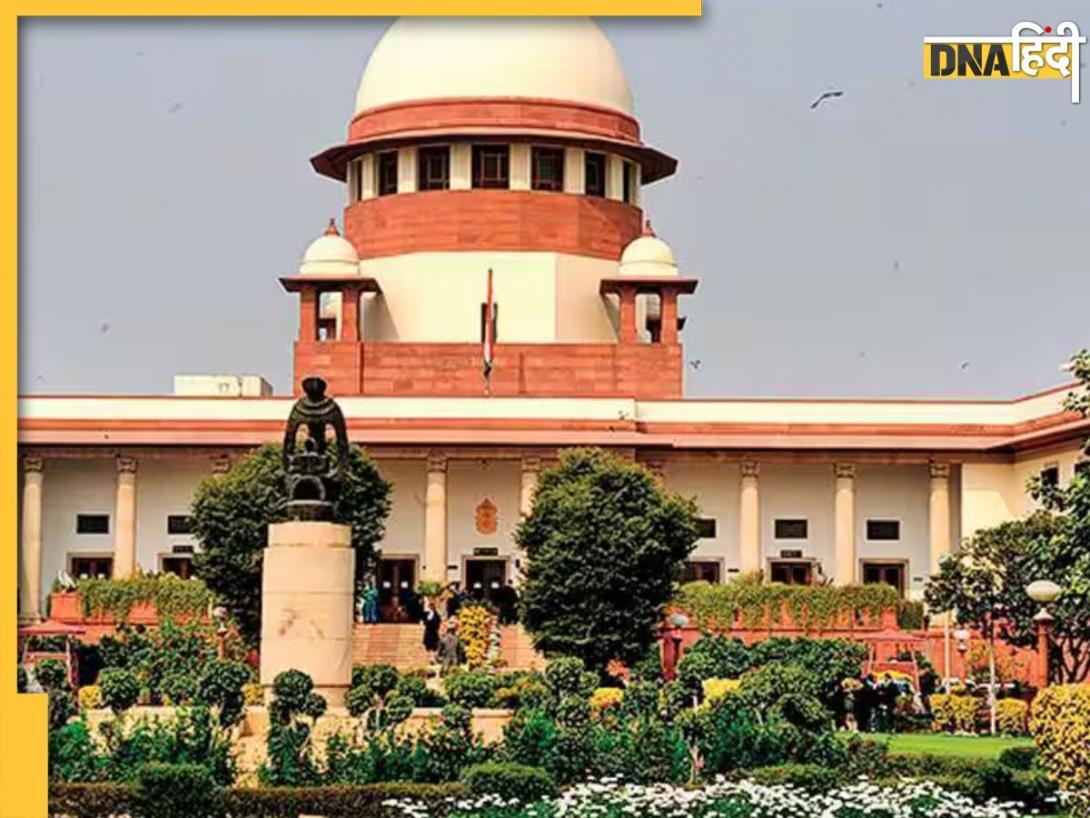
















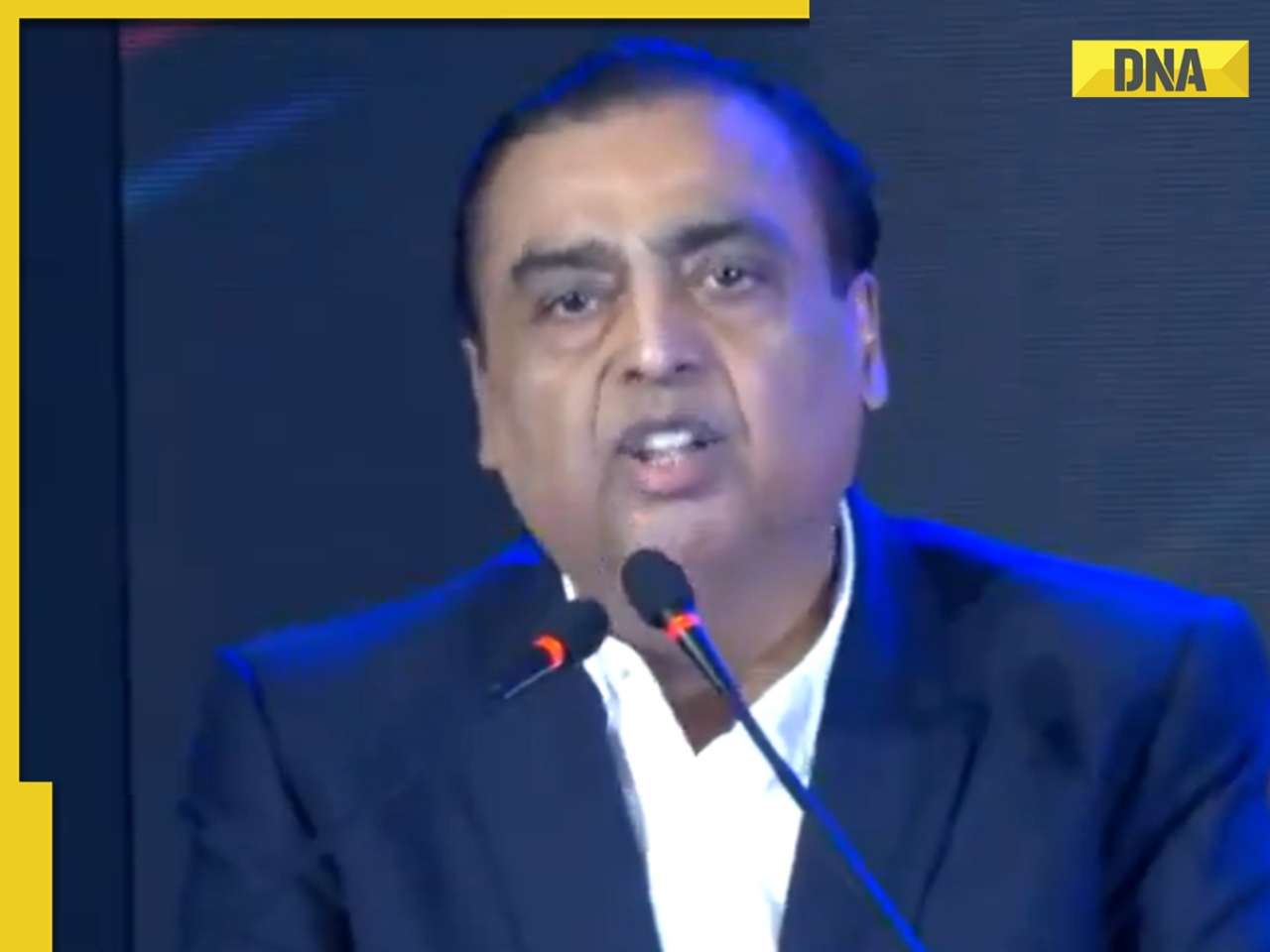







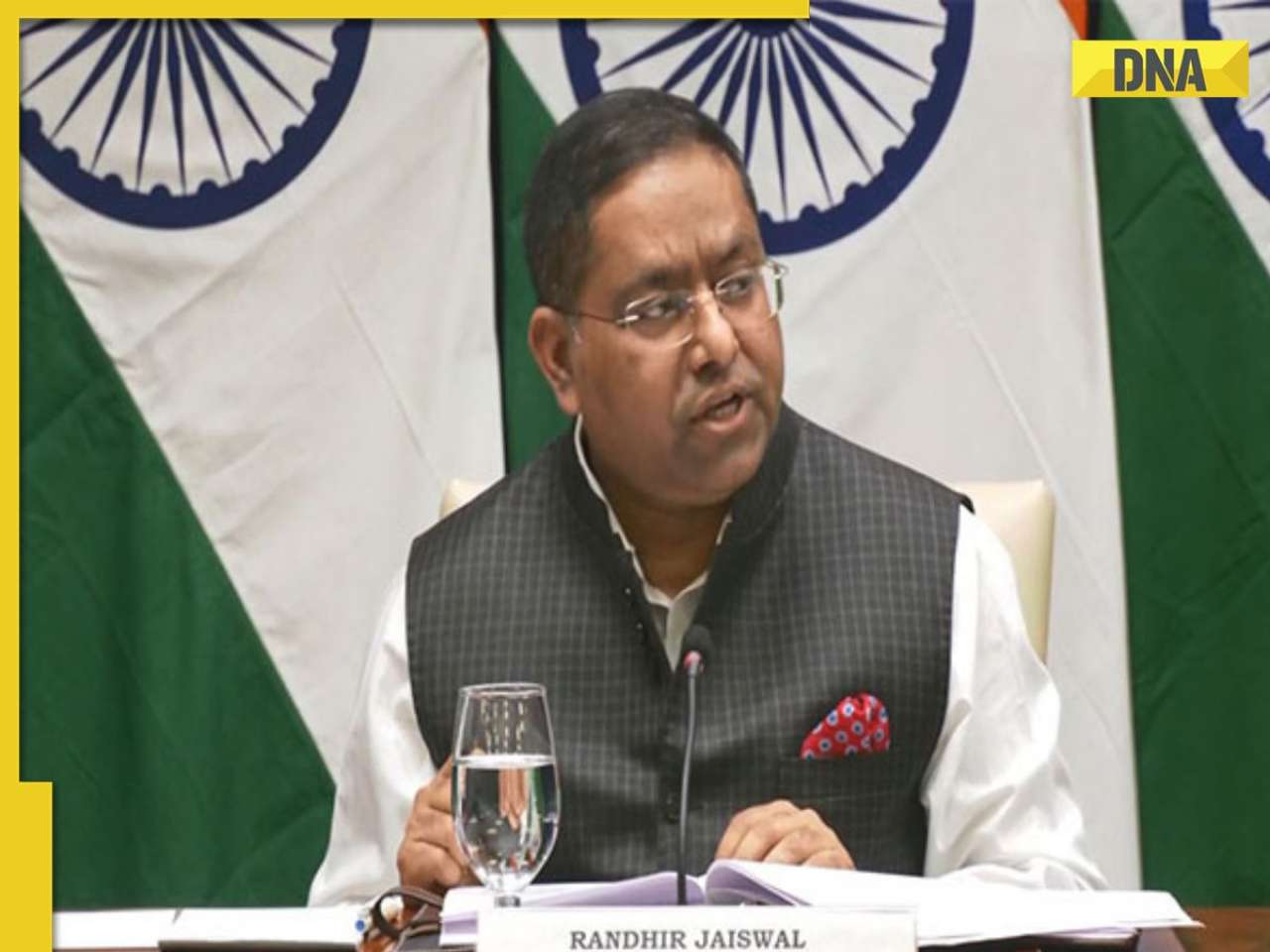
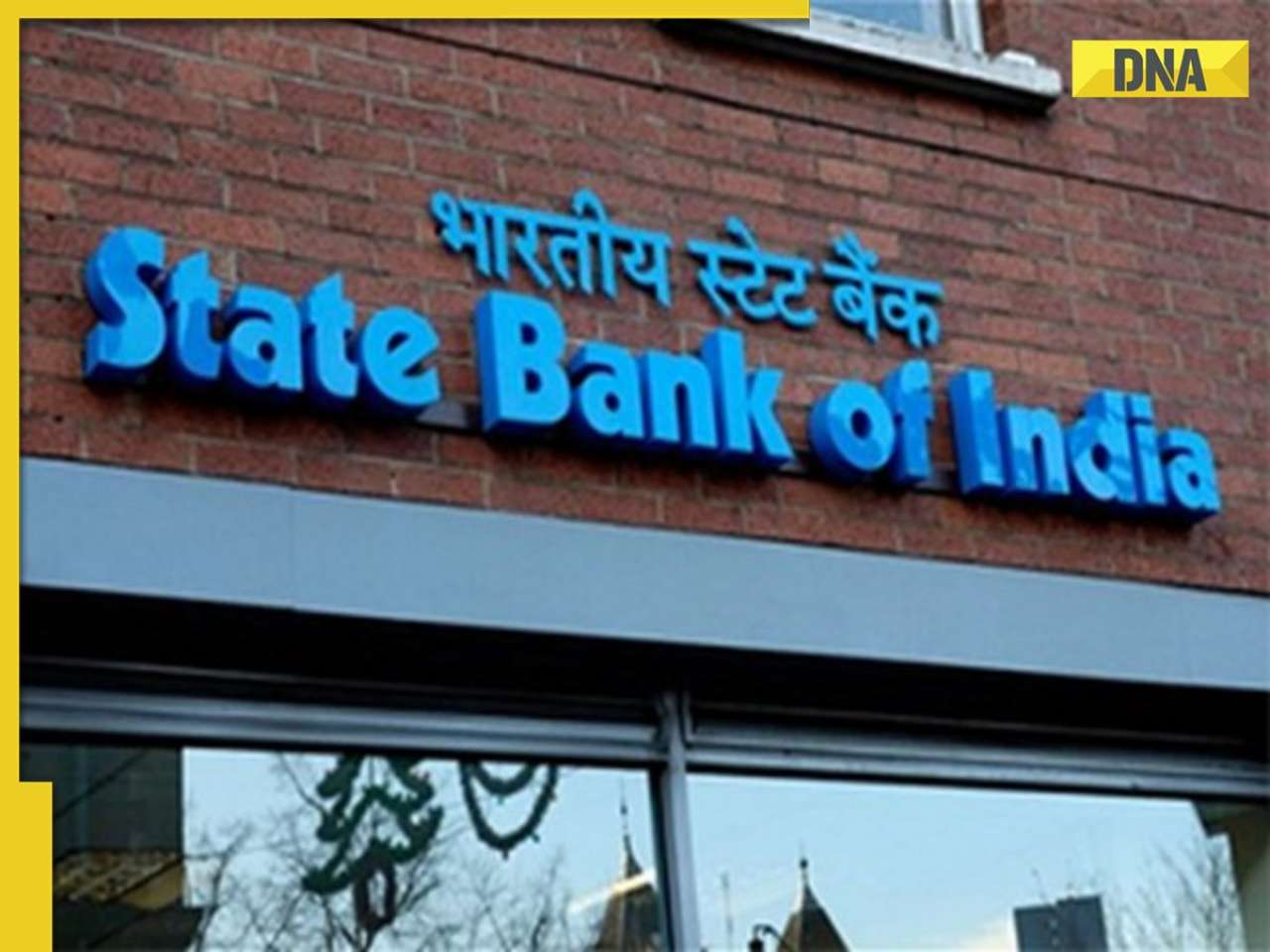


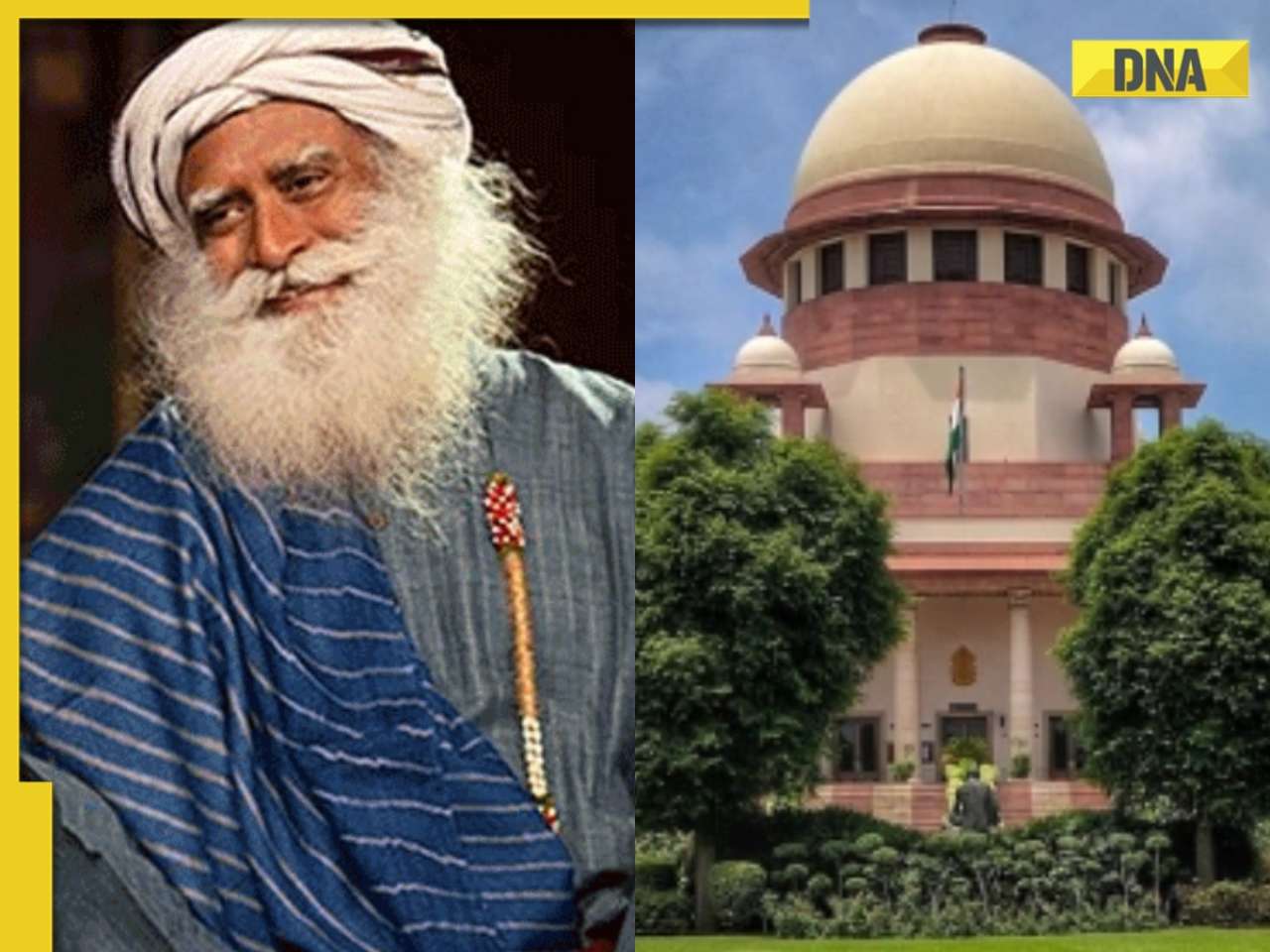


)
)
)
)
)
)
)
)
)
)
)
)
)
)





)
)
)
)
)
)